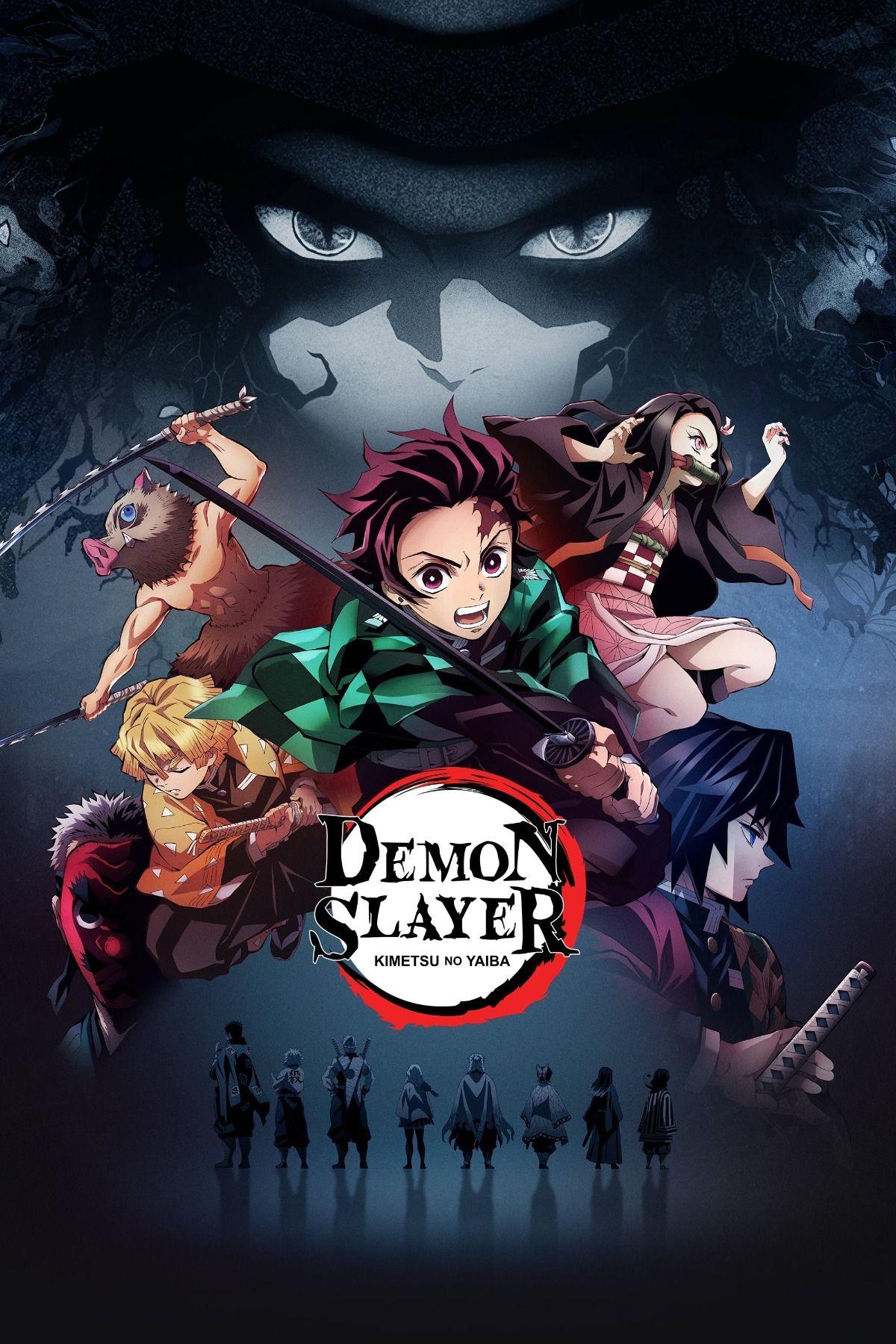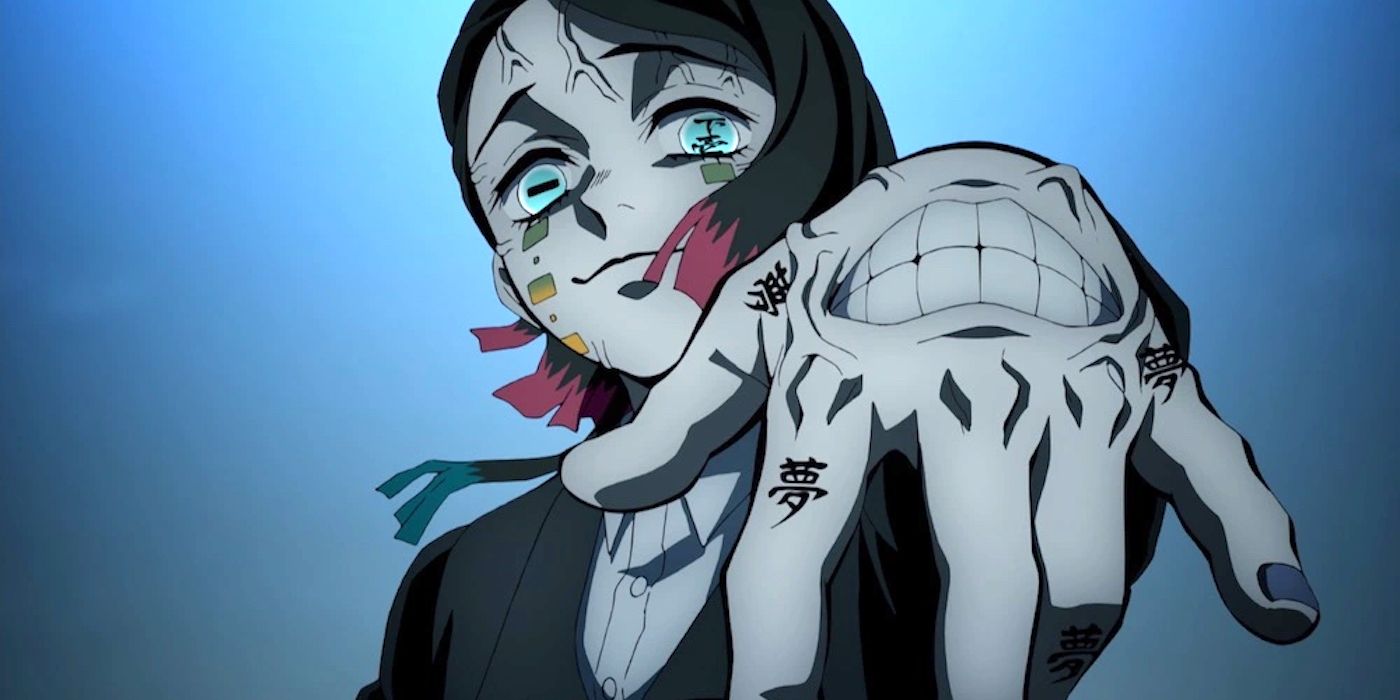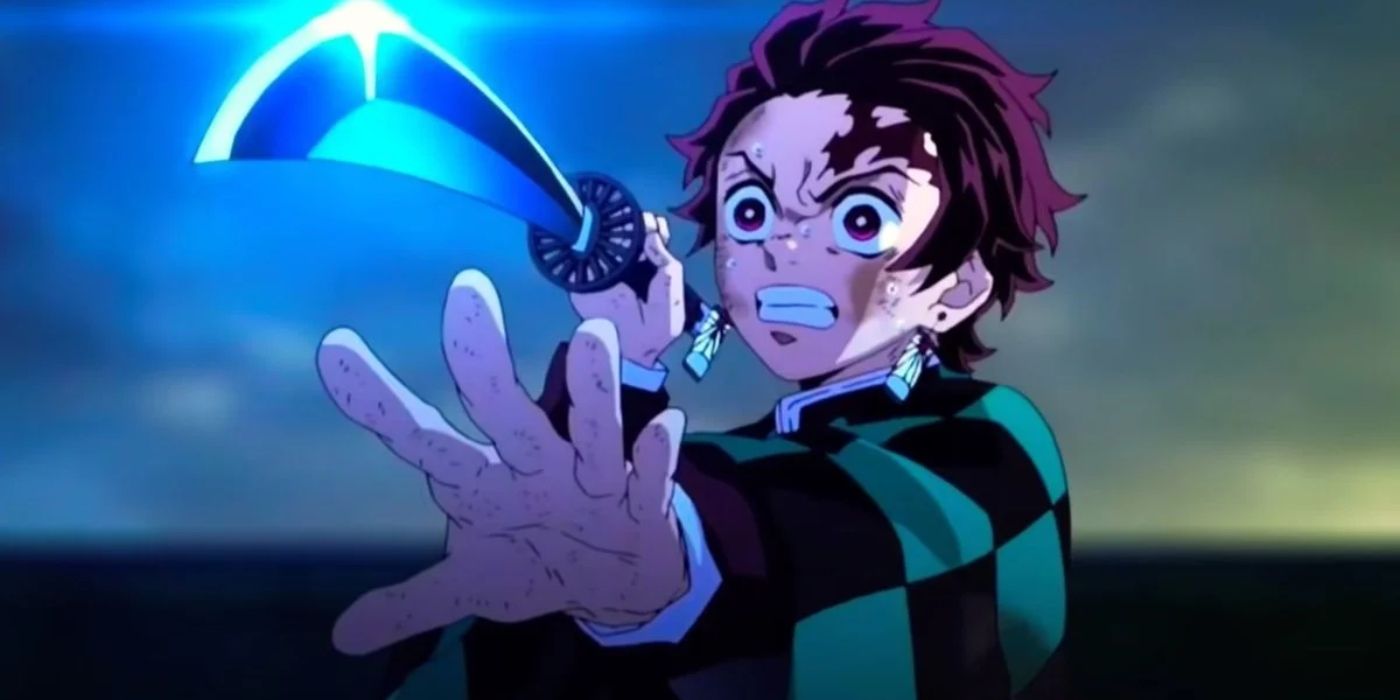Hard work is the sum of daily efforts.
The Big Picture
- The “Rehabilitation Training Arc” in
Demon Slayer
introduces the powerful and mysterious Hashira, giving fans a deeper understanding of the Demon Slayer Corps. - The arc focuses on character development, providing insights into the main characters’ hopes, dreams, and personal struggles.
- Despite the overall dark tone of the series, the training arc injects humor and levity, showcasing the characters’ well-rounded personalities and offering moments of joy in their lives.
The fourth season of the seminal anime series, Demon Slayer: Kimetsu no Yaiba, the “Hashira Training Arc,” has finally kicked off, while Season 3’s “Swordsmith Village Arc” proved to be another success for the exceptional animated adaptation of Koyoharu Gotouge‘s world-renowned manga. Demon Slayer is an incredible story that’s become a genre-transcending phenomenon, achieving a global level of interest and fandom that is rare among anime and manga series. Gotouge has created an incredibly memorable story with indelible, unforgettable characters. Every fan likely has a favorite story arc for Demon Slayer, and following the latest season, it’s time to take a look at what we see as the best one. Demon Slayer tends to be a very harrowing, dramatic, emotional, bittersweet, and intense experience. The “Rehabilitation Training Arc” is important not just because it gives the characters a break and time for introspection after being pressed to their limits, but it provides moments for fantastic character development for the main and supporting cast members.

Demon Slayer
A family is attacked by demons and only two members survive – Tanjiro and his sister Nezuko, who is turning into a demon slowly. Tanjiro sets out to become a demon slayer to avenge his family and cure his sister.
- Release Date
- January 21, 2021
- Cast
- Natsuki Hanae , Zach Aguilar , Abby Trott , Yoshitsugu Matsuoka
- Seasons
- 4
The “Rehabilitation Training Arc” Introduces the Hashira
The “Rehabilitation Training Arc” acts largely as a chance for the main characters to get a break from the harrowing challenges they face throughout Demon Slayer. However, it begins with the series’ protagonist, Tanjiro Kamado (Natsuki Hanae) and his beloved sister, Nezuko (Akari Kito), getting yanked out of the frying pan and thrown into the fire. The Kamado siblings survive a deadly battle with the spider demon, Rui, only to be delivered to face judgment at the hands of the Hashira, the highest-ranking and strongest members of the Demon Slayer Corps., and the group’s mysterious, previously unseen leader, Kagaya Ubuyashiki (Toshiyuki Morikawa).
The arc begins with a formal introduction of the Hashira and Ubuyashiki, and most of the Hashira are unwilling to accept Kamado’s situation with Nezuko. Thankfully, the intervention of Giyu Tomioka (Takahiro Sakurai) and a letter from former Hashira, Sakonji Urokodaki (Houchu Ohtsuka), stay the hand of the Hashira, and the Kamado siblings are allowed safe passage to the estate of Shinobu Kocho (Saori Hayami), the insect Hashira. There, Tanjiro reunites with his wounded teammates, Inosuke Hashira (Yoshitsugu Matsuoka) and Zenitsu Agatsuma (Hiro Shimono), and the trio continue to lick their wounds and heal from the battle with Rui. Once Tanjiro completes the trial of the Hashira, he begins extensive training under the tutelage of Kocho and her protégé, Aoi Kanzaki (Yuri Ehara).
Meeting the Hashira and Ubuyashiki is a major breakthrough for the Demon Slayer storyline. At this point, fans are less knowledgeable about the overall structure, rank, and file of the Demon Slayer Corps. Not to mention, they do not even realize who leads and funds the group’s activities, considering they operate outside the purview of the Japanese government. The Hashira prove to be a rather intimidating, eclectic bunch. What raises the stakes and the suspense early in the arc is that some of the Hashira members are eager to execute the Kamado siblings, specifically Sanemi Shinazugawa (Kaiji Tang).
Thankfully, Nezuko manages to resist Sanemi’s test with his blood, granting the Kamado Siblings a reprieve. Ubuyashiki, while appearing to be a calm and pragmatic leader, adds a layer of intrigue and mystery to the story. Before Tanjiro leaves, Ubuyashiki reveals that he knows about Tanjiro’s relationship with Lady Tamayo (Maaya Sakamoto), a benevolent demon. Lady Tamayo aided Tanjiro in the past and pledges to help the Kamados in their battle against Muzan Kibutsuji (Toshihiko Seki) — the main villain of the series. This revelation, along with Ubuyashiki’s overall presence, provides the story with new layers of intrigue to explore much later on.
Training Arcs Provide Time for Heroes To Breathe
Following the trial with the Hashira and Ubuyashiki, the “Rehabilitation Training Arc” focuses on the recovery and training of the main trio. Training arcs in stories such as Demon Slayer are valuable since they provide a chance to develop the characters and get to know them better outside of battle. These moments are significant because they better establish the charm and likability of a story’s main characters, and the audience better understands their hopes and dreams. Throughout the “Rehabilitation Training Arc,” through the perspective of Tanjiro, the audience also learns more about the Insect Hashira, Shinobu Kocho. The arc also provides a better perspective of exactly the obstacles that Tanjiro and Nezuko face. Tanjiro is not only fighting against deadly, powerful demons, but he must fight against his fellow Demon Slayers’ personal biases and prejudices against demons. Tanjiro’s dilemma is that his beloved sister has transformed into a demon as well, and he seeks a way for Nezuko to regain her humanity. Regardless, Tanjiro’s predicament is one that his senior officers struggle to accept.
The training arc not only takes the time to develop the main characters but also explores some interesting supporting ones, such as Aoi Kanzaki and Shinobu Kocho’s adopted younger sister, Kanao Tsuyuri (Reina Ueda). Gotouge takes a fair amount of time to showcase Kanao’s backstory, which is another emotional rollercoaster. Kanao’s presence in the training arc is rewarding in how she and Tanjiro interact with one another. Kanao’s traumatic childhood causes her to become timid and quiet. She struggles to make her own decisions, so the Kocho sisters bequeath her a coin, allowing her to make a decision when she’s not receiving a direct order. Meeting Tanjiro changes Kanao, as he teaches her a way to listen to her heart without using the coin. It’s another example of how Tanjiro uplifts and brightens those around him, even under the most harrowing of circumstances. The training arc establishes yet another way that Tanjiro’s vaunted spirit and unbreakable will offer an overall sense of hope and optimism that juxtaposes the overwhelming cruelty and bleak tragedy that is depicted throughout Demon Slayer.
The Training Arc Injects Comedy Into an Often Bleak Story
The training arc also provides some of the funniest moments in the series. Levity is important in any story. Considering how dark and bleak the story of Demon Slayer becomes at times, moments of levity show how the main characters, and likewise the audience, can experience joy in their lives when they aren’t risking life and limb fighting monsters. Gotouge’s Demon Slayer presents an interesting layer of comedy that elevates the story because it shows that the characters are fully realized and well-rounded. They experience emotions beyond sadness, and it’s nice to see them happy or in situations where they are not in a life-or-death scenario.
Two of the series’ most hilarious scenes happen in the training arc. First, Zenitsu snaps and rages at Tanjiro and Inosuke when he sees how they react to training with the nurses at the Butterfly Mansion. Zenitsu is likely an acquired taste to many fans and viewers of the series, but this scene is utterly amusing. Even though Zenitsu is acting totally ridiculous, it is humorous to see him show a backbone since he is usually presented in abject terror. It is fun to see Zenitsu become angry and lose it for once, even if it is over something so silly and superficial.
Later on, Tanjiro and Inosuke receive their new katana swords, meaning that Tanjiro has another hilarious encounter with the eccentric Hotaru Haganezuka. He is none too pleased that Tanjiro breaks his sword in his fight with Rui as the Demon Slayer Corps. swordsmiths take great pride in their work. The scene’s hilarity escalates when the emotionally stunted, socially awkward, and feral Inosuke takes a stone to his newly delivered blades to shape them to his liking, infuriating the swordsmiths. Once again, the humor is necessary because it gives the audience a chance to laugh and enjoy these characters before they face further hardships.
It is essential to see the heroes undergo their breathing training under Shinobu and Aoi because it offers a sense of progression as they hone and improve their abilities. They need to train their bodies and their minds for the battles ahead. The training arc continues to develop the importance of the breathing skills and abilities that characters use throughout the series, and the main trio begins further training to adapt the Corps’ special breathing techniques to their fighting styles. The training arc also sets up further hints regarding the secret breathing technique Tanjiro manages to acquire from his family in his youth. These are important moments to note as Tanjiro tries to learn more about a secret, ancient breathing style that could become a key to his development as a Demon Slayer, and the possibility of fighting Muzan down the line.

Why ‘Demon Slayer: Mugen Train’ Is So Popular Even Among Non-Anime Fans
Tanjiro and Nezuko represent a huge change in how mainstream pop culture perceives of anime.
The “Rehabilitation Training Arc” Sets the Stage for Future Conflict
The “Rehabilitation Training Arc” offers a further glimpse of the series’ main villain, Muzan, as he holds a meeting with the rest of the Lower Ranks of the Twelve Kizuki. This is the first look at Muzan’s base of operations, the Infinity Castle. This sequence also sets up the main villain of the next major story arc, Enmu. Muzan proves to be a ruthless, cruel leader who dispatches his minions with no remorse. The series has only shown some brief glimpses of Muzan at this point, and he appears to be an insurmountable, intimidating, and unyielding force of nature. Considering that Muzan is the progenitor of all demons in the world of Demon Slayer, he’s fully established here as an intensely powerful, intelligent, and cunning presence. These scenes also portray Muzan as angry and frustrated, suggesting that Muzan is growing restless and desperate, which could later prove advantageous for the heroes.
Ultimately, the training arc ends by showing the heroes completing their breathing training as they set out for their next mission — investigating the disappearances aboard the Mugen Train. The first season ends with a transition, but even a transitional story arc has value. A storyline such as this is designed to get the characters to the next major story arc, but training arcs can provide some of the most rewarding moments in an anime or manga series. Gotouge’s Demon Slayer is no exception.
Demon Slayer is available to stream on Crunchyroll in the U.S.
This article was originally published on collider.com



